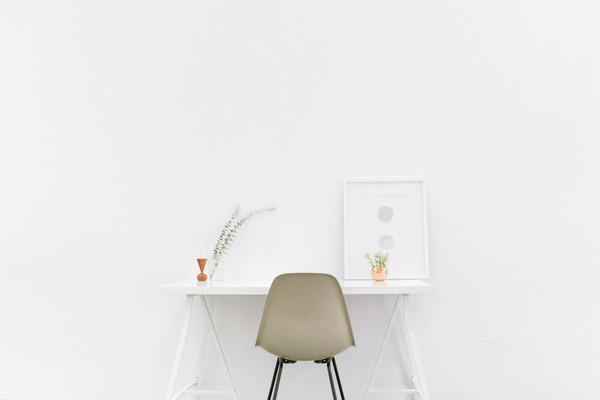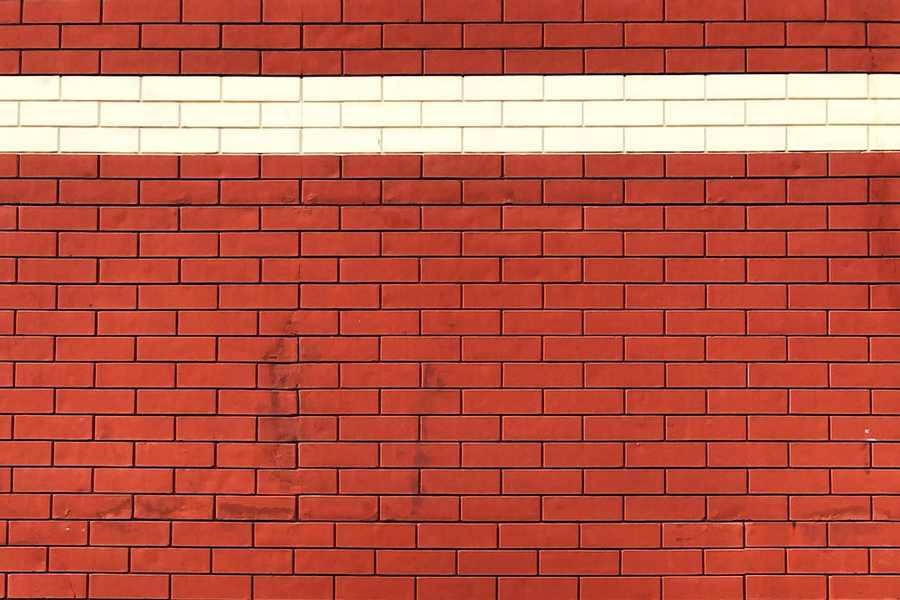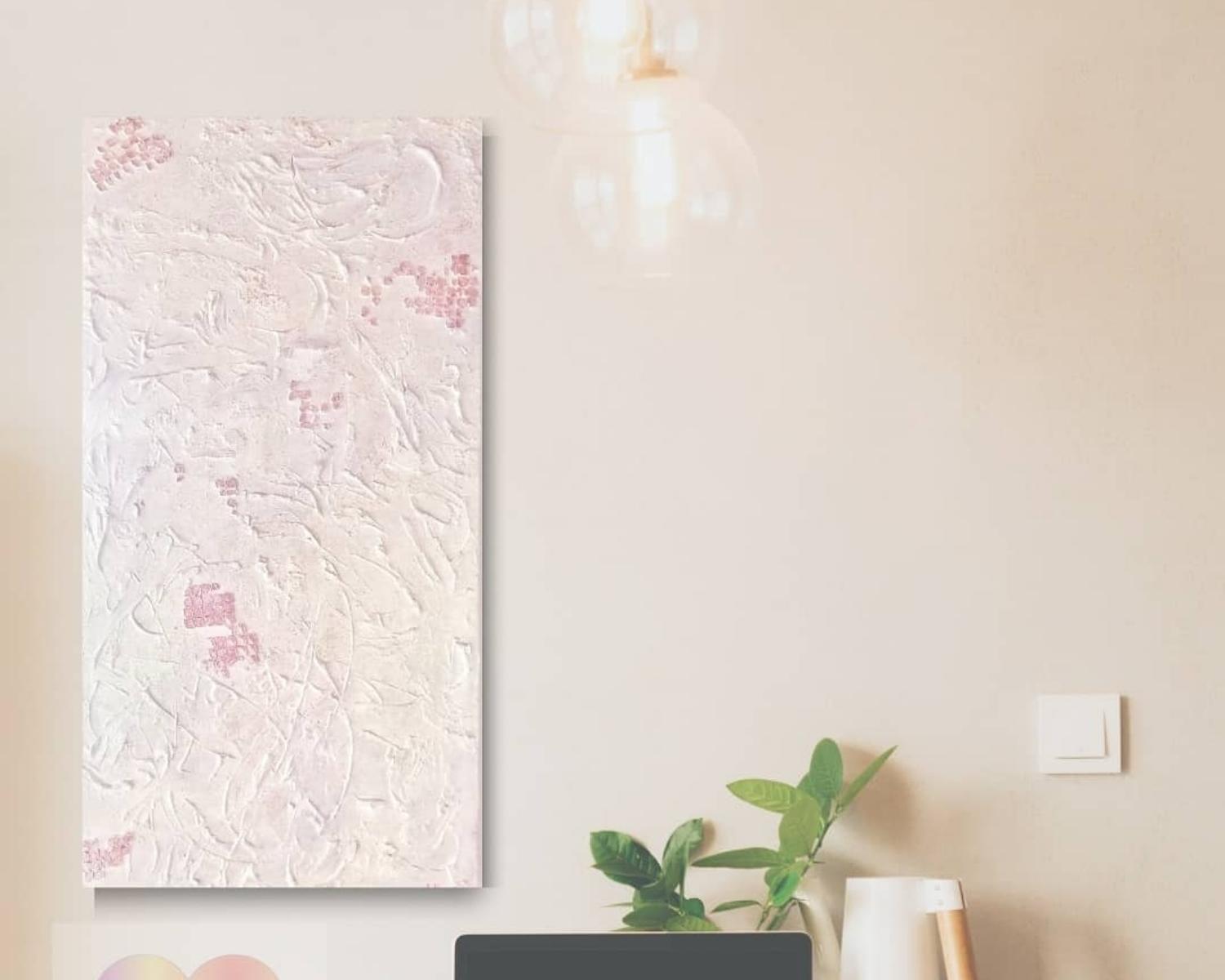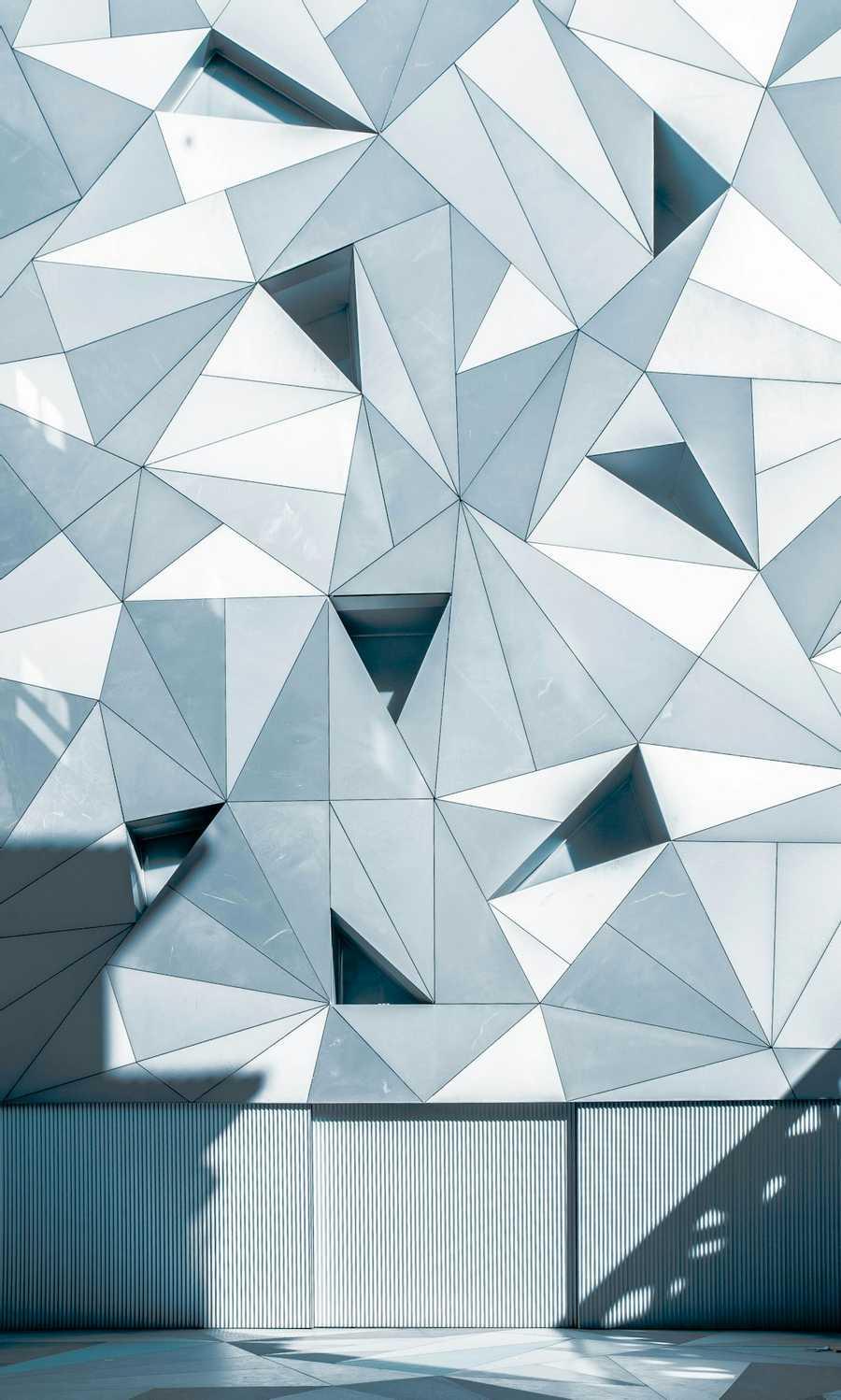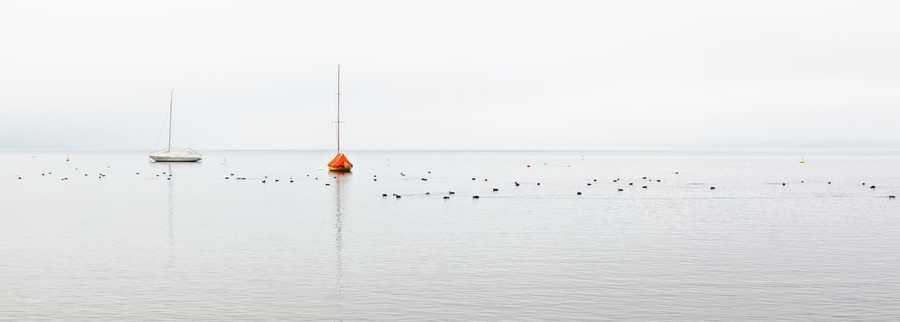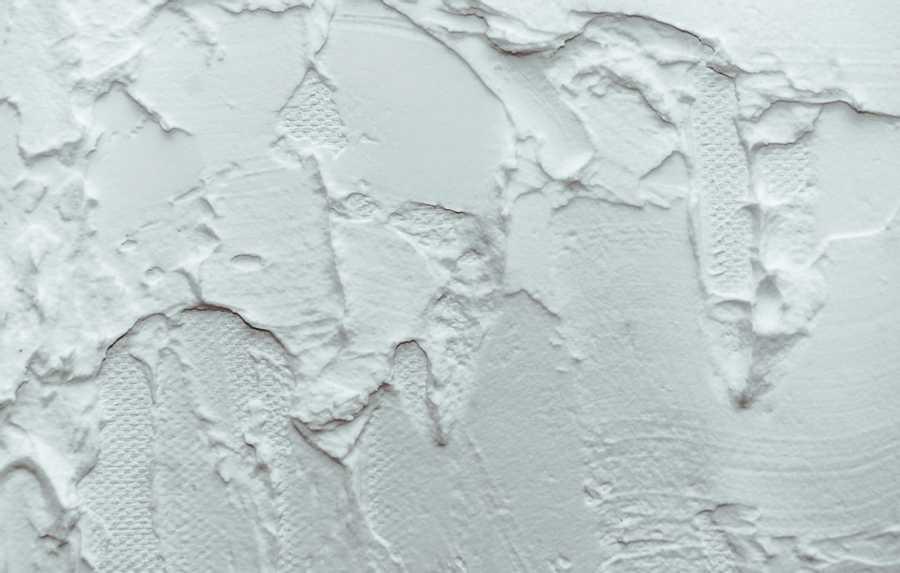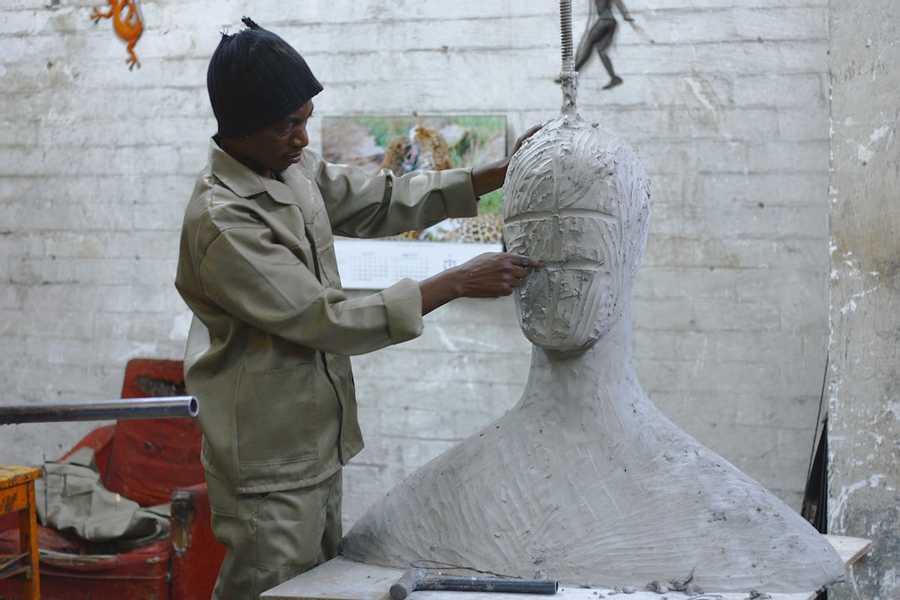Explore the World's Best Ideas
Join today and uncover 100+ curated journeys from 50+ topics. Unlock access to our mobile app with extensive features.
The development of minimalism
Minimalism emerged in the late 1950s when artists such as Frank Stella, whose Black Paintings were exhibited at the Museum of Modern Art in New York in 1959, began to turn away from the gestural art of the previous generation.
It flourished in the 1960s and 1970s with Carl Andre, Dan Flavin, Donald Judd, Sol LeWitt, Agnes Martin and Robert Morris becoming the movement’s most important innovators.
23
460 reads
Qualities of minimalist art
Aesthetically, minimalist art offers a highly purified form of beauty. It can also be seen as representing such qualities as truth (because it does not pretend to be anything other than what it is), order, simplicity and harmony.
23
154 reads
Geometric single or repeated forms
Geometric single or repeated forms: Minimalism is characterised by single or repeated geometric forms (see Tate Glossary definition for 'modular ').
It is usually three-dimensional, taking the form of sculpture or installation, though there are a number of minimalist painters as well such as Agnes Martin and Frank Stella.
23
101 reads
Deliberate lack of expression
Deliberate lack of expression: With no trace of emotion or intuitive decision making, little about the artist is revealed in the work.
Minimalist artists rejected the notion of the artwork as a unique creation reflecting the personal expression of a gifted individual, seeing this as a distraction from the art object itself.
Instead they created objects that were as impersonal and neutral as possible.
21
85 reads
Self-referential
Self-referential: Minimalist art does not refer to anything beyond its literal presence.
The materials used are not worked to suggest something else; colour (if used) is also non-referential, i.e if a dark colour is used, this does not mean the artist is trying to suggest a sombre mood.
22
69 reads
Factory-manufactured or shop-bought materials
Factory-manufactured or shop-bought materials: Carl Andre frequently used bricks or tiles as the medium for his sculpture; Dan Flavin created his works from fluorescent bulbs purchased from a hardware store; Judd's sculptures are built by skilled workers following the artist's instructions.
20
75 reads
Space-aware
Space-aware: Carl Andre said 'I'm not a studio artist, I'm a location artist'.
Minimalist art directly engages with the space it occupies.
The sculpture is carefully arranged to emphasise and reveal the architecture of the gallery, often being presented on walls, in corners, or directly onto the floor, encouraging the viewer to be conscious of the space.
19
64 reads
Minimalism and early abstraction
In 1962, the Russian constuctivist and suprematist movements of the 1910s and 1920s, such as the reduction of artworks to their essential structure and use of factory production techniques, became more widely understood – and clearly inspired minimalist sculptors.
- Dan Flavin produced a series of works entitled Homages to Vladimir Tatlin (begun in 1964)
- Robert Morris alluded to Tatlin and Rodchenko in his Notes on Sculpture
- Donald Judd ’s essays on Malevich and his contemporaries, revealed his fascination with this avant-garde legacy.
20
65 reads
IDEAS CURATED BY
Lawyer turned Artist Visionary Curator & Gallerist. Empowering self-love and joy through art & words. www.innerjoyart.com 💝 Instagram : dymphna.art
Dymphna Lanjuran's ideas are part of this journey:
Learn more about personaldevelopment with this collection
Identifying the skills needed for the future
Developing a growth mindset
Creating a culture of continuous learning
Related collections
Similar ideas
5 ideas
4 ideas
The Pitfalls and the Potential of the New Minimalism
newyorker.com
Read & Learn
20x Faster
without
deepstash
with
deepstash
with
deepstash
Personalized microlearning
—
100+ Learning Journeys
—
Access to 200,000+ ideas
—
Access to the mobile app
—
Unlimited idea saving
—
—
Unlimited history
—
—
Unlimited listening to ideas
—
—
Downloading & offline access
—
—
Supercharge your mind with one idea per day
Enter your email and spend 1 minute every day to learn something new.
I agree to receive email updates
